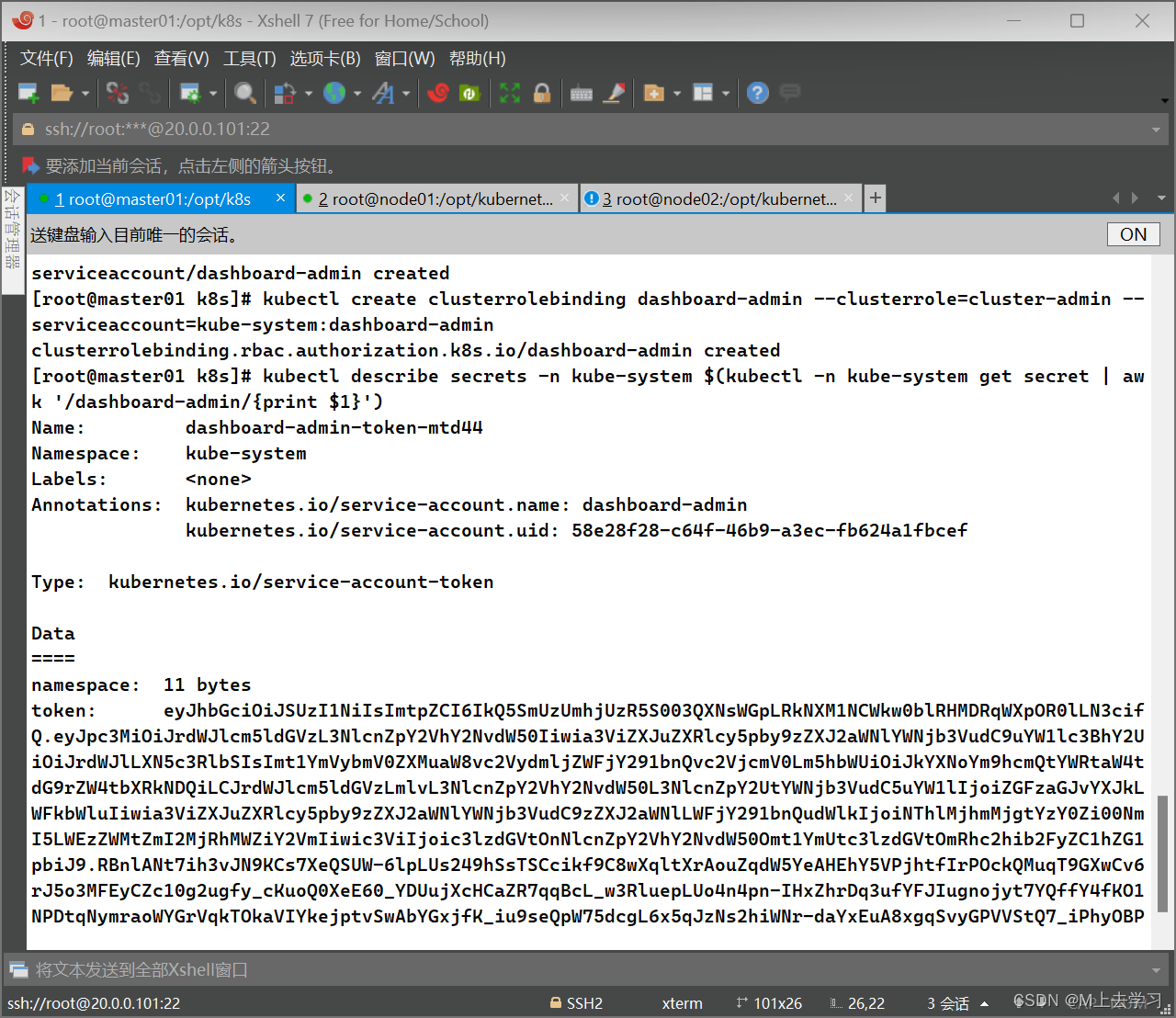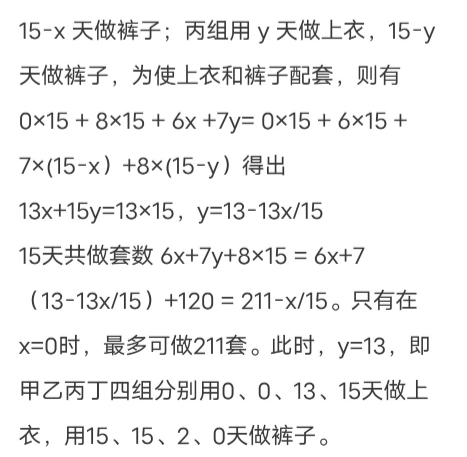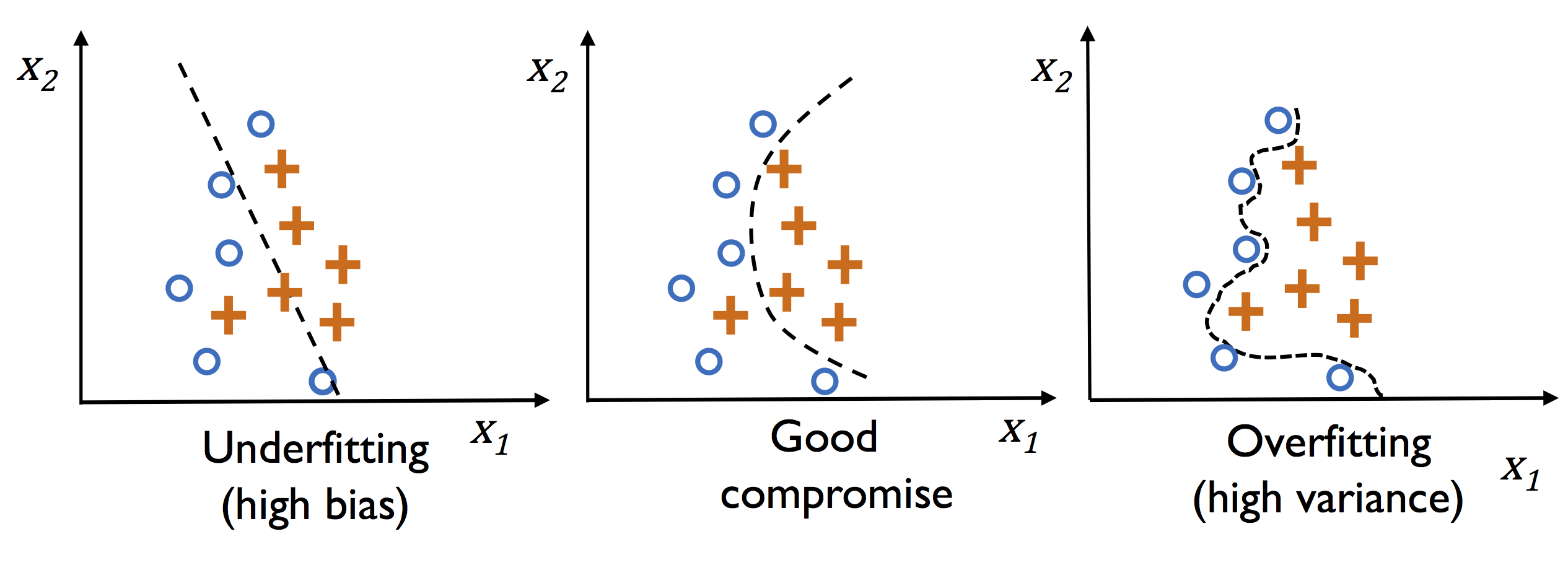ZKP学习笔记
ZK-Learning MOOC课程笔记
Lecture 6: Discrete-log-based Polynomial Commitments (Yupeng Zhang)
6.3 Bulletproofs and other schemes based on discrete-log
-
KZG:
- Pros:
- Commitment and proof size: O(1), 1 group element
- Verifier time: O(1) pairing
- Cons: trusted setup
- Pros:
-
Bulletproofs [BCCGP’16, BBBPWM’18]
-
Transparent setup: sample random g 0 , g 1 , g 2 , . . . , g d g_0, g_1, g_2, ..., g_d g0,g1,g2,...,gd in G G G

-
High-level idea
-
Example: 3-degree polynomial

-
Degree reduction: 3 degree -> 1 degree -> constant degree

-
Cross term to commit L and R
-
Similar with FFT
-
-
Correctness

-
Eval and Verify

-
Properties of Bulletproofs
- Keygen: O(d), transparent setup!
- Commit: O(d) group exponentiations, O(1) commitment size
- Eval: O(d) group exponentiations (non-interactive via Fiat Shamir)
- Proof size: O(log d)
- Verifier time: O(d)
-
Other improvement
- Hyrax [Wahby-Tzialla-shelat-Thaler-Walfish’18]
- Improves the verifier time to O(d) by representing the coefficients as a 2-D matrix
- Proof size: O( d \sqrt{d} d)
- Dory [Lee’2021]
- Base on pairing
- Improving verifier time to O(log d)
- Key idea: delegating the structured verifier computation to the prover using inner pairing product arguments [BMMTV’2021]
- Also improves the prover time to O( d \sqrt{d} d)exponentiations plus O(d) field operations
- Dark [Bünz-Fisch-Szepieniec’20]
- Based on group of unknown order
- Achieves O(log d) proof size and verifier time
- Delegate some part of verifier to the prover
- Hyrax [Wahby-Tzialla-shelat-Thaler-Walfish’18]
-
Summary












![[蓝桥杯-610]分数](https://img-blog.csdnimg.cn/fdf263b57a4d43bc8c777c26b04cfc44.png)







